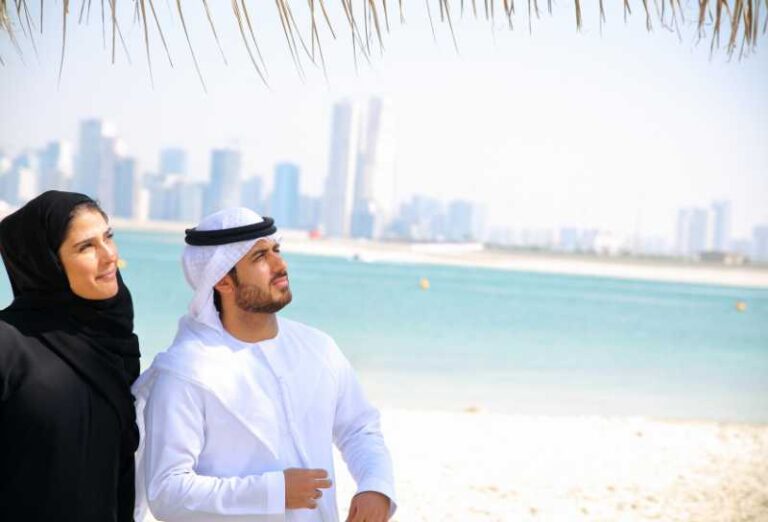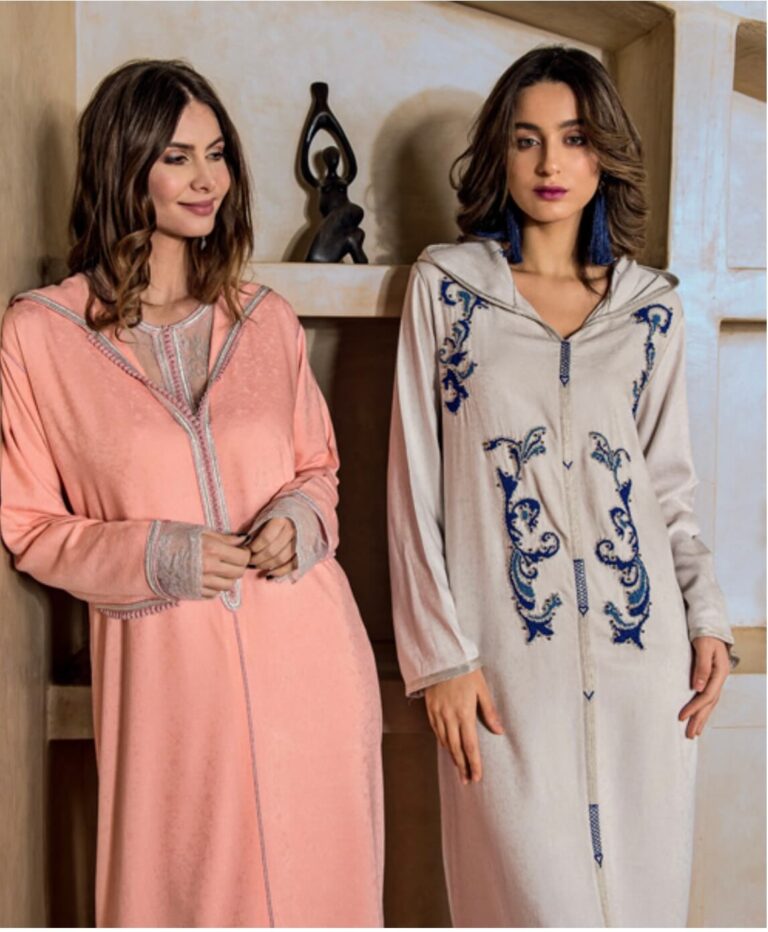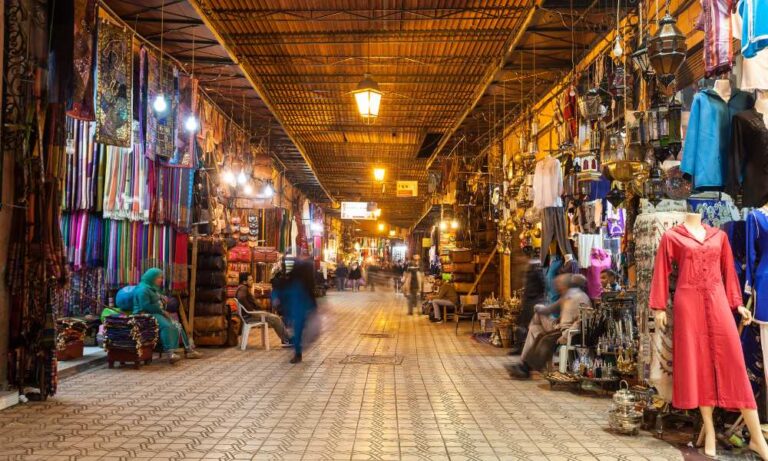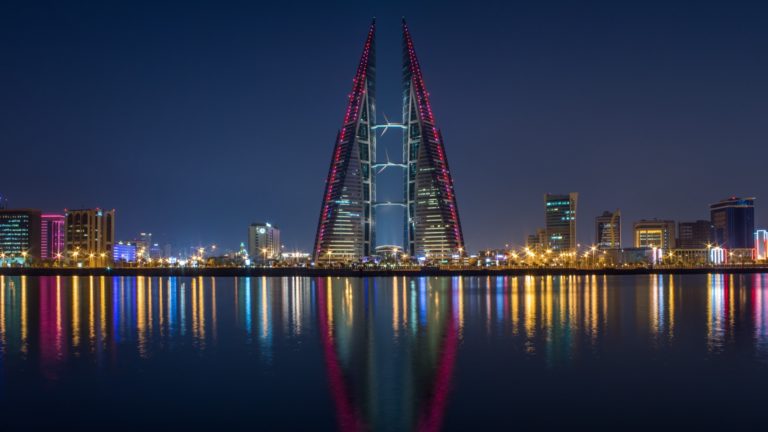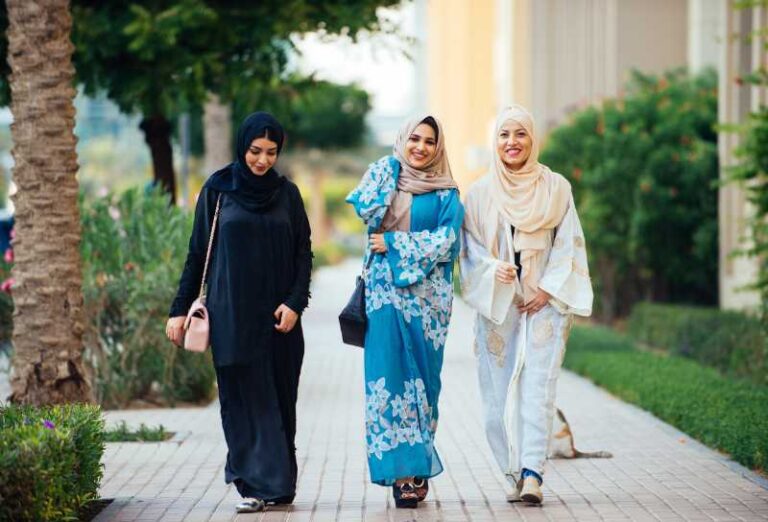Sudanese Traditional Clothing
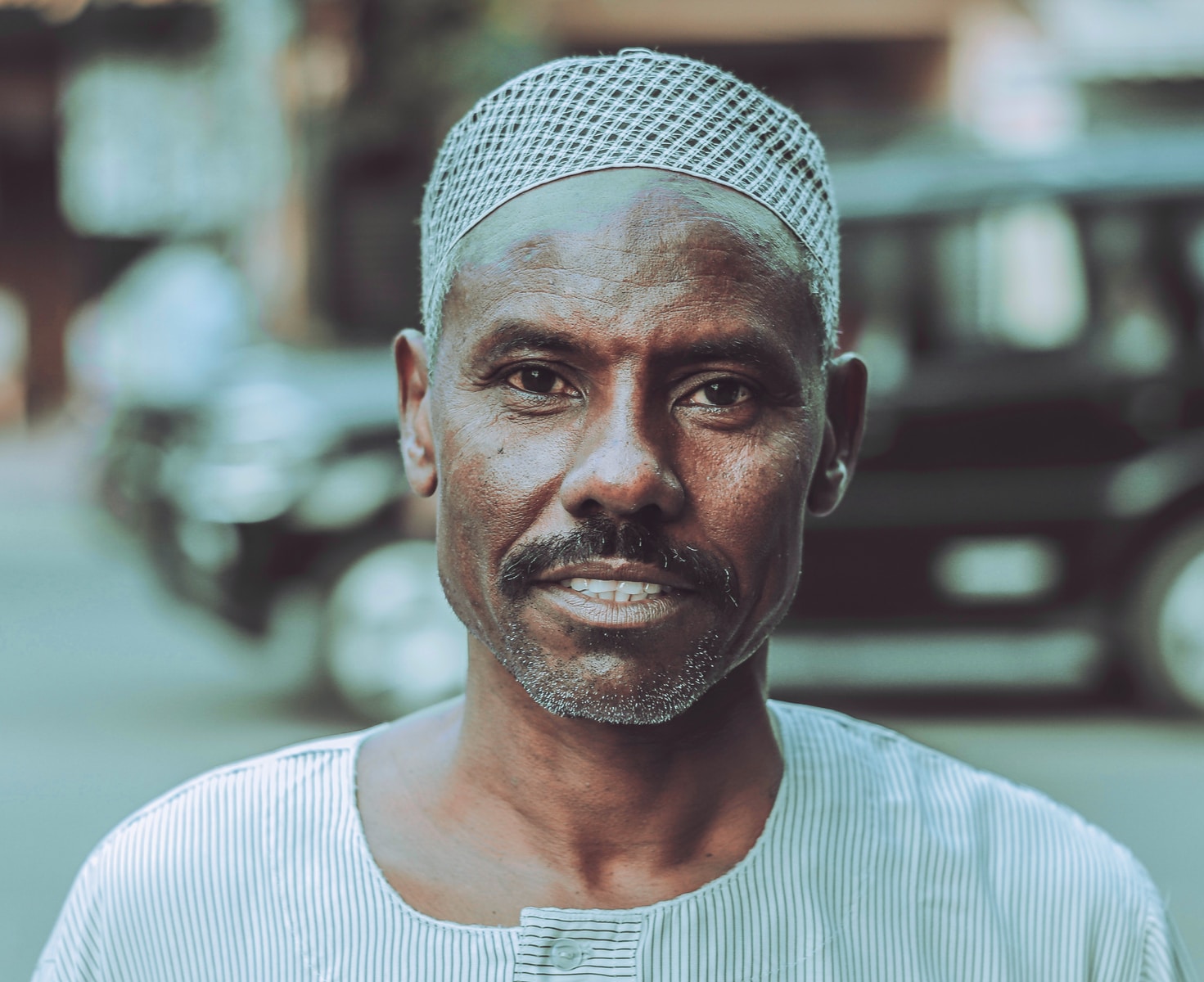
Some links below may be be affiliate links. As an Amazon Associate I earn from qualifying purchases.
Sudan, the land of one of the world’s earliest known remarkable civilizations, where many civilizations have succeeded, each of which left its own mark on its region.
Sudan the second largest country in Africa offers a wide diverse range of traditional clothing influenced by many factors such as religion, climate, and status. However, they all share their bright colors and beautiful patterns

Table of Contents
Toob
Toob is a long, thin, colourful fabric wrap usually worn on top of a dress or a shirt and a skirt. Warped around the women’s body in a similar way to the Indian sari
Not too long ago, Toob used to be worn by all Sudanese women regardless of their social status. However recently young females tend to prefer wearing modern clothes leaving the Toob for married ladies or special occasions.
Non the less Sudanese women from all regions of Sudan continue to wear their traditional dress and reflect the characteristics of their region by their choice of patterns and the way they tie their Toob.
While those coming from the north and the west prefer bright and bold patterns, those from the east prefer demure colors and fabrics.
At the same time, women in the capital and central parts of Sudan introduced more modern fashionable and glamorous designs and materials to the traditional Toob, such as hand embroidery and painting as well as expensive imported accessories and fabrics.
Jalabiya
Despite Sudan’s vast area hosting many tribes with different traditions, Jalabiya remained the men’s most popular fashion choice.
However, each tribe continues to add a small detail to it.
It consists of a long dress mostly white even though recently many other colors were introduced.
The Sudanese Jalabiya is distinguished from other Jalabiya’s around the middle east with its wide long sleeves, and its simple, round, collarless neckline, as well as its big side pockets, and it is usually worn along with a fabric hat or a turban called Imma.
Men also wear a simpler version of the Jalabiya inside their homes or for casual events. Which consist of thinner and more comfortable fabric and loose baggy pants.
North Sudan Clothing
To this day we can see the remaining of the great Kush civilization in the Nubian clothing in north Sudan, which is known for its bright colors and fun designs.
Men replaced the long historic linen dress with calico or linen blue long Jalabiya along with a jacket called (Zabout) and a hat made of fabric. And women’s tunics turned to colourful dresses accessorized with unique accessories and hair braids.
East Sudan
As Sudan’s main seaport eastern parts of Sudan have always been open to other cultures especially the ones coming from the Arabian Peninsula.
Eastern Sudanese men wear the long Jalabiya dress as well, however, their design is unique as theirs is a bit shorter and accompanied by big loose pants and blue or black vests.
Eastern men also tend to grow their hair in a big afro and accessorize it with a piece of comp.
Women in East Sudan are known for their unique parallel straight line Toob patterns which they tie in a different way compared to other Sudanese areas and accessorize with distinctive hair braid styles.
West Sudan
In the western region of Sudan, you can clearly see the fashion culture vary due to the interaction of different tribes and various foreign influences, such as the Berber tribes in West Africa as well as the remnants of British colonialism, manifesting in dresses with modern designs and African fabric patterns,
In addition to the eastern influence represented in the Sudanese Toob worn by Darfuri women with colorful shirts underneath to add more modesty and color to their look.
Jalabiya continues to be Men’s favorite option in west Sudan as they wear it with loose baggy pants along with a piece of fabric worn as a turban and used as a shade from the sun and sandstorms, and leopard pattern shoes.
Modern Sudanese fashion
In the modern era, many factors influenced the Sudanese sense of fashion, starting from the Islamic colonization and the latest Islamic revolution in 1989, which also left its mark on the Sudanese fashion, as we started to notice the introduction of modest fashion, hijab, and abaya.
Curious about adding abayas to your closet? Take a look at these choices!
Even the women who continued to wear their traditional Toob which is known to be colorful and slippery adjusted their colors and designs to draw less attention and wore hijab and long sleeves underneath it.
The British colonization and the returning diaspora also left their mark on the Sudanese fashion as it introduced modern westerner dresses and suits which were a requirement for government employees.
During that period, we also noticed the influence of south Asian expats who introduced their own sense of fashion to the area as well, however, local residents continued to leave their own mark on the designs by using cotton fabric with colorful African patterns.
Nowadays Sudanese youth are keeping up with the international fashion trends while holding on to their heritage as they make sure to wear it during special occasions and religious gatherings events.



